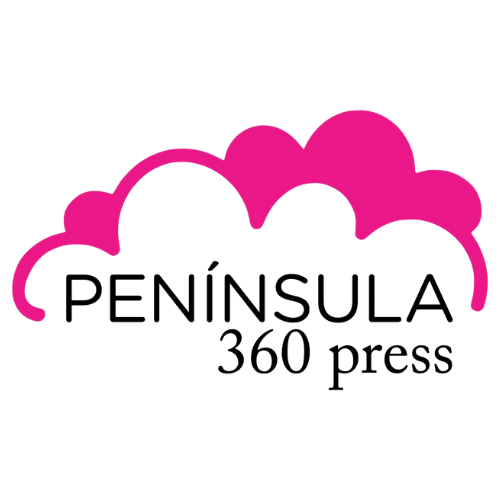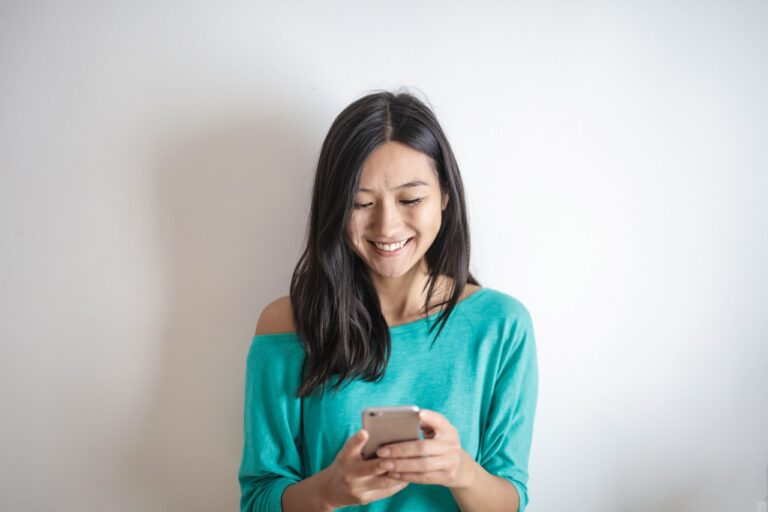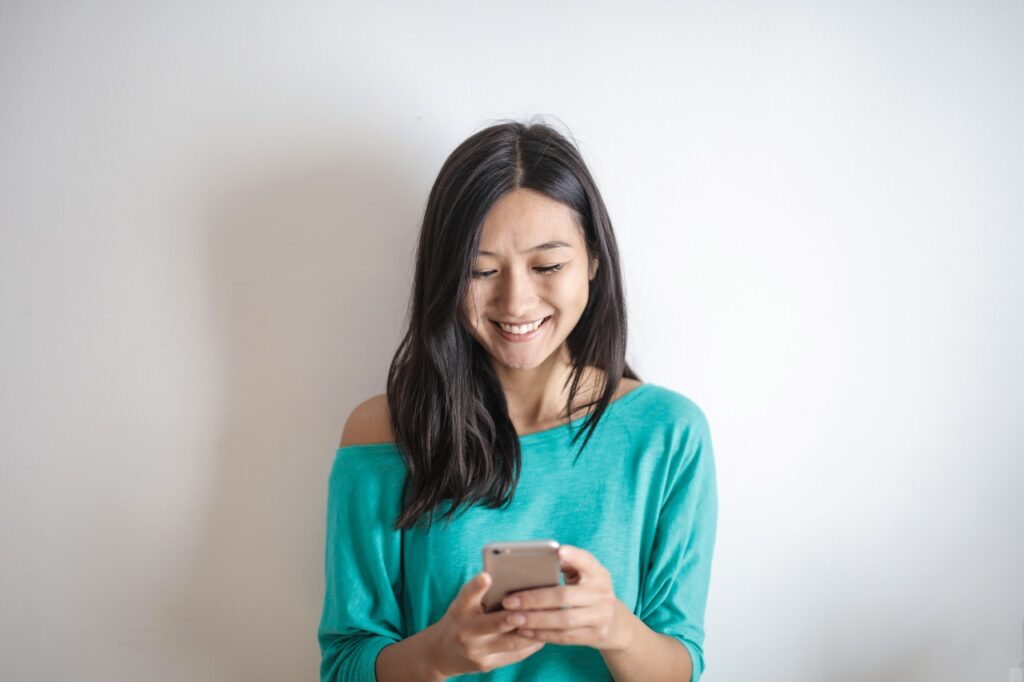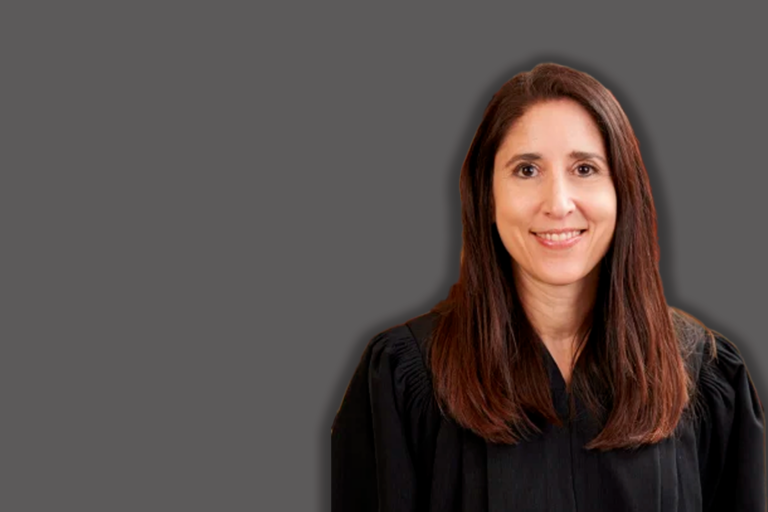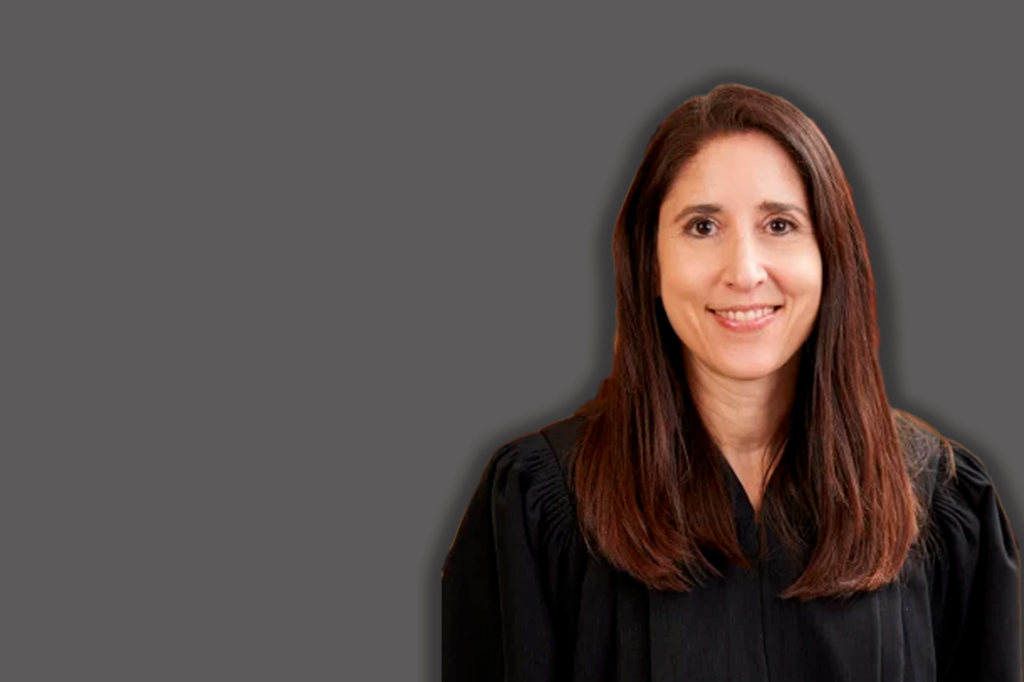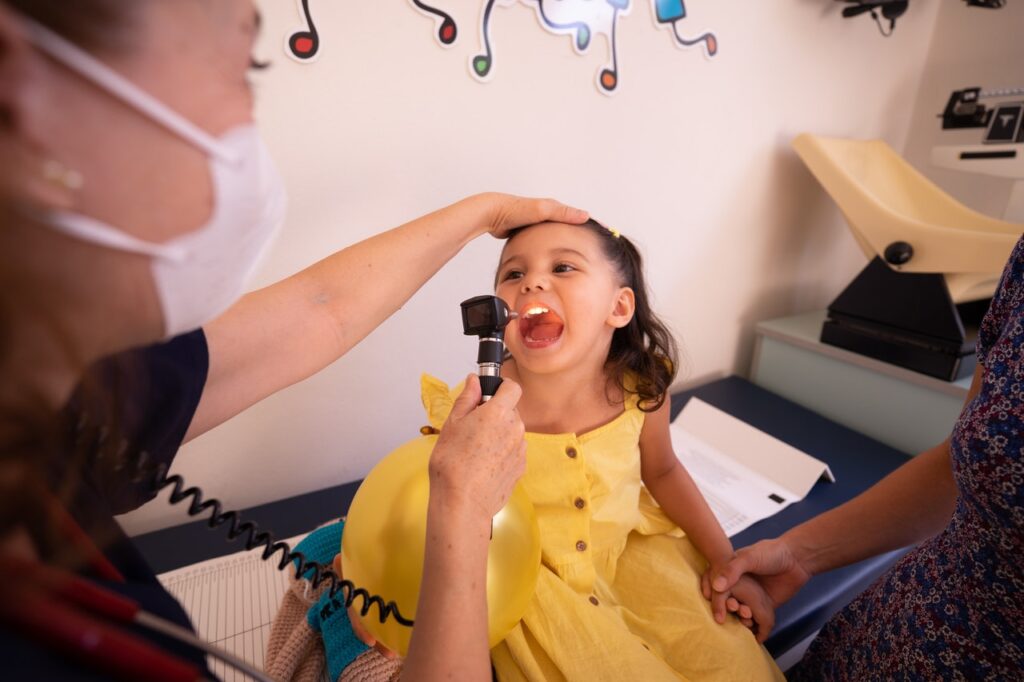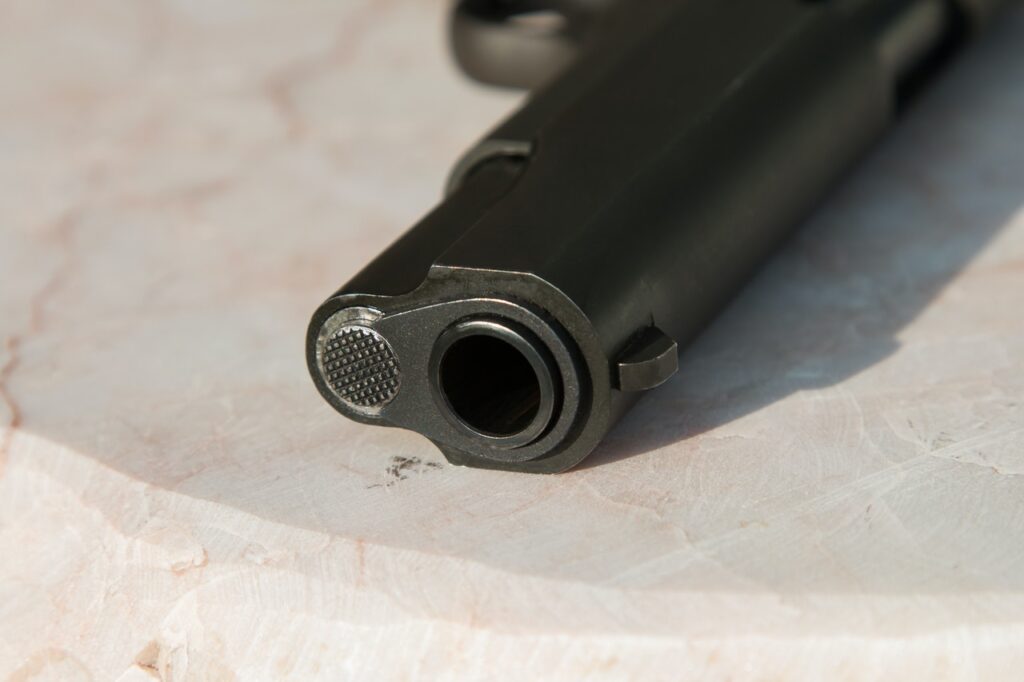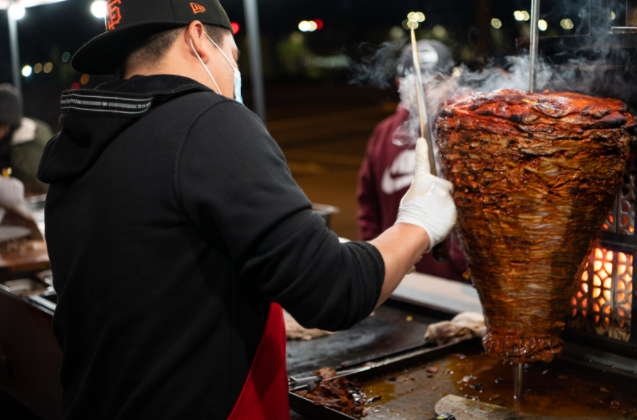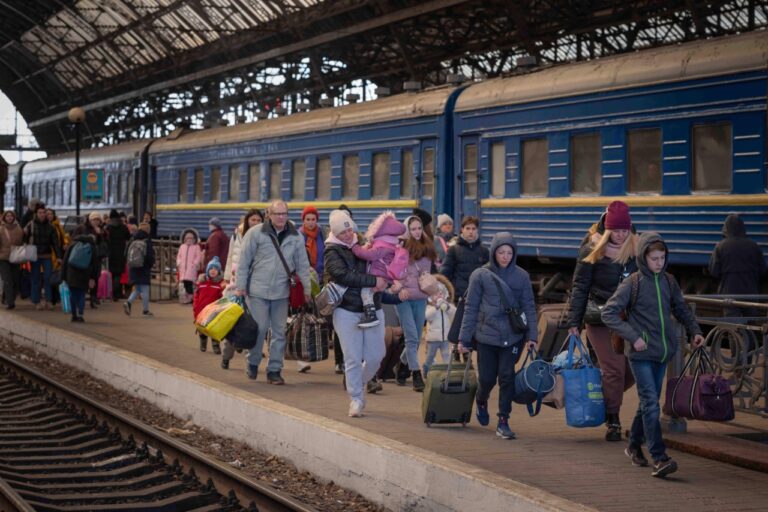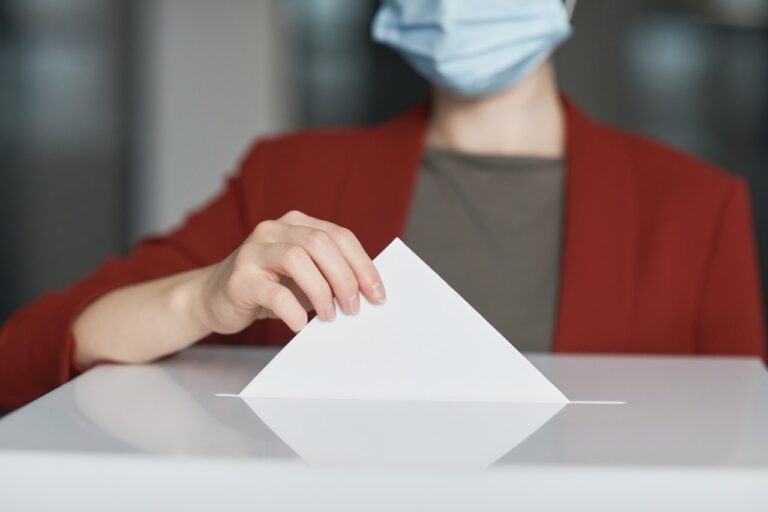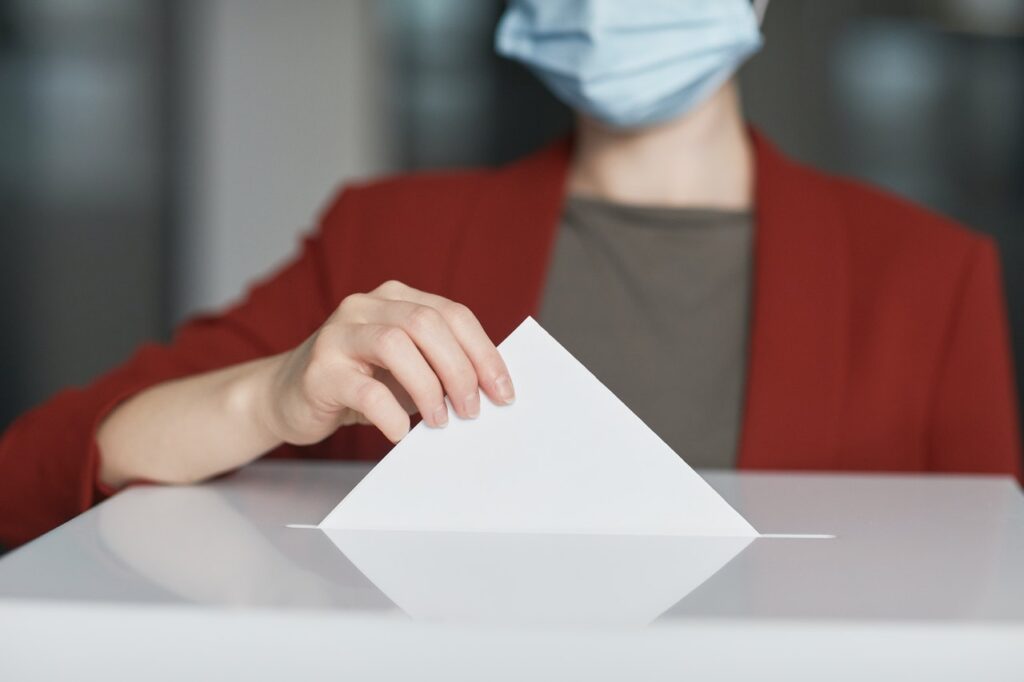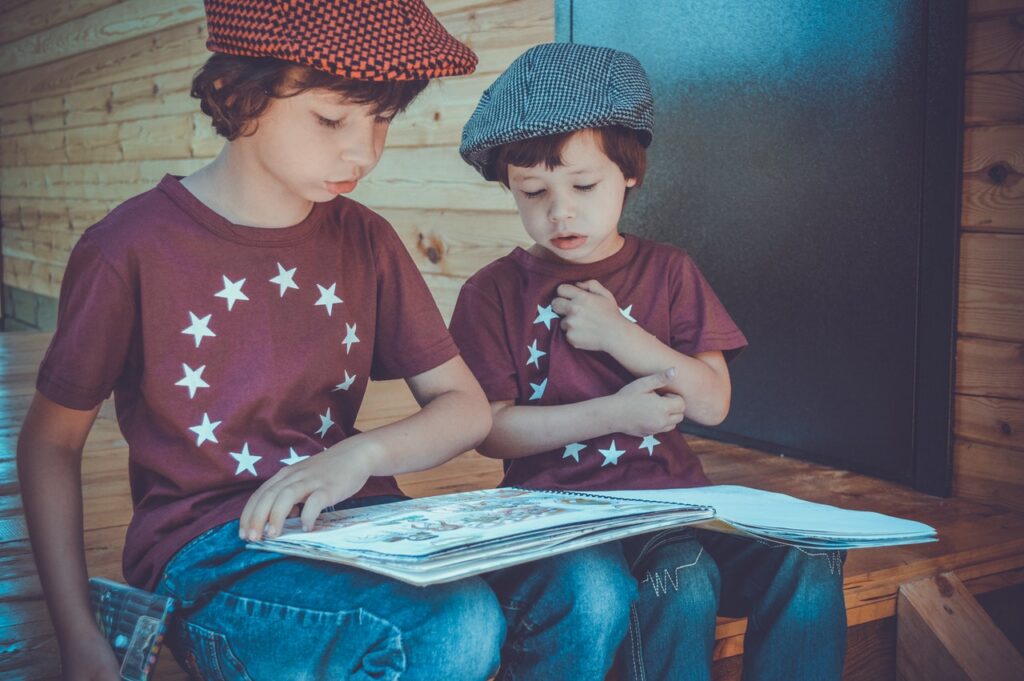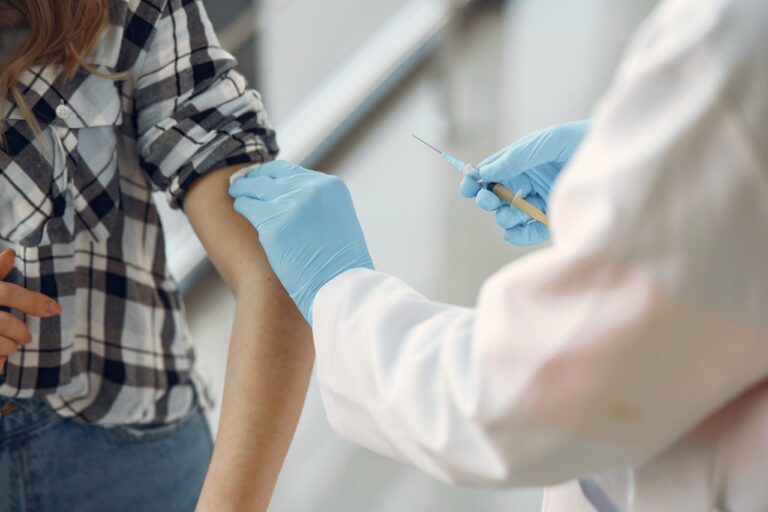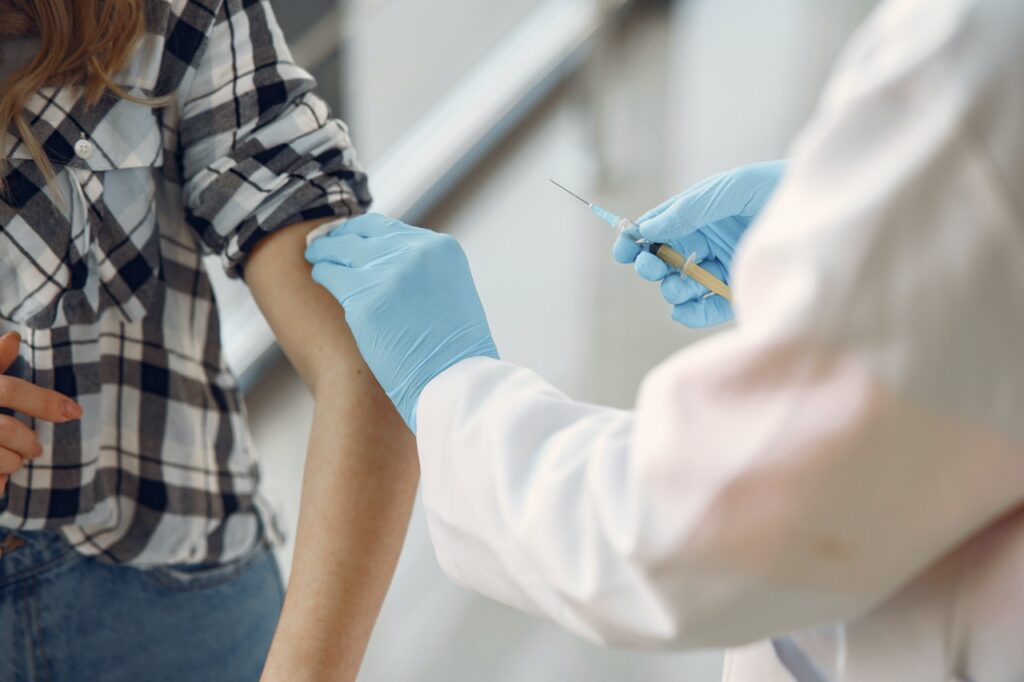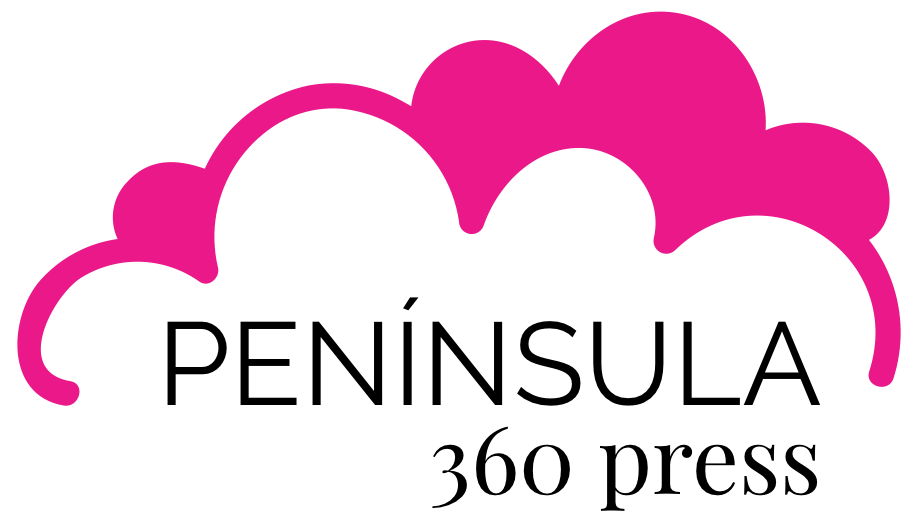
La Administración de Medicamentos y Alimentos de EE. UU. (FDA, por sus siglas en inglés) dio luz verde a una segunda dosis de refuerzo de las vacunas Pfizer-BioNTech o Moderna COVID-19 en mayores de 50 años y ciertas personas inmunodeprimidas.
La FDA autorizó previamente una dosis única de refuerzo para ciertas personas inmunodeprimidas luego de completar una serie de vacunación primaria de tres dosis, y ahora pondrá a disposición una segunda dosis de refuerzo de estas vacunas para otras poblaciones con mayor riesgo de enfermedad grave, hospitalización y muerte.
La evidencia emergente sugiere que una segunda dosis de refuerzo de una vacuna de ARNm mejora la protección contra el COVID-19 grave y no está asociada con nuevos problemas de seguridad.
La agencia modificó las autorizaciones de uso de emergencia de la siguiente manera:
Se puede administrar una segunda dosis de refuerzo de la vacuna contra el COVID-19 de Pfizer-BioNTech o Moderna a personas mayores de 50 años al menos 4 meses después de recibir una primera dosis de refuerzo de cualquier vacuna contra el COVID-19 autorizada o aprobada, al igual que a mayores de 18 años con inmunodepresión.
Mientras que a aquellos entre 12 y 17 años de edad con ciertos tipos de inmunodepresión se les puede administrar una segunda dosis de refuerzo al menos 4 meses después de recibir una primera dosis de cualquier vacuna autorizada o aprobada.
Las personas inmunocomprometidas son aquellas que se han sometido a un trasplante de órganos sólidos o que viven con condiciones que se considera que tienen un nivel equivalente de compromiso inmunológico.
«La evidencia actual sugiere cierta disminución de la protección con el tiempo contra los resultados graves de COVID-19 en personas mayores e inmunodeprimidas. Según un análisis de datos emergentes, una segunda dosis de refuerzo de la vacuna Pfizer-BioNTech o Moderna COVID-19 podría ayudar a aumentar los niveles de protección para estas personas de mayor riesgo», dijo Peter Marks, director del Centro de Evaluación e Investigación Biológica de la FDA.
El experto agregó que los datos muestran que una dosis de refuerzo inicial es fundamental para ayudar a proteger a todos los adultos de los resultados potencialmente graves de la COVID-19. «Por lo tanto, se recomienda encarecidamente a quienes no hayan recibido su dosis inicial de refuerzo que lo hagan».
Cabe resaltar que la acción de la FDA aplica sólo a las vacunas Pfizer-BioNTech y Moderna, y la autorización de una sola dosis de refuerzo para otros grupos de edad permanece sin cambios.
Detalló que continuará evaluando los datos y la información a medida que estén disponibles para considerar una segunda dosis de refuerzo en otros sectores.
The FDA has determined that the known and potential benefits of a second dose with any of these vaccines outweigh the known and potential risks in these populations. They have been shown to be safe.
Un resumen de los datos de vigilancia de seguridad proporcionados a la FDA por el Ministerio de Salud de Israel mostró que la administración de 700 mil dosis de segundo refuerzo de la vacuna Pfizer-BioNTech y de Moderna 4 meses después de la tercera dosis en adultos de 18 años de edad y más, de los cuales 600 mil tenían 60 años de edad o más, es confiable y segura.
De igual manera, detalló que la evidencia considerada para la autorización de una segunda dosis de refuerzo después de la vacunación primaria y la primera dosis de refuerzo incluyeron información sobre la seguridad y la respuesta inmunitaria proporcionada a la agencia, así como información adicional sobre la eficacia presentada por las empresas.
Mientras, datos de inmunogenicidad de un estudio clínico en curso, abierto y no aleatorio en trabajadores de la salud en un solo centro en Israel revelaron que las personas mayores de 18 años que habían recibido la vacunación primaria y una primera dosis de refuerzo con la vacuna Pfizer-BioNTech COVID-19 y que se les administró una segunda dosis de refuerzo de la misma vacuna ‒154 personas‒ o Moderna ‒120 individuos‒, al menos cuatro meses después de la primera dosis de refuerzo, mostraron aumento en los niveles de anticuerpos neutralizantes contra el virus SARS-CoV-2, incluidas las variantes delta y ómicron, dos semanas después del segundo refuerzo en comparación con 5 meses después de la primera dosis de refuerzo.
You may be interested in: Chips or infertility, COVID-19 vaccine myths still alive among Redwood City Latino community
